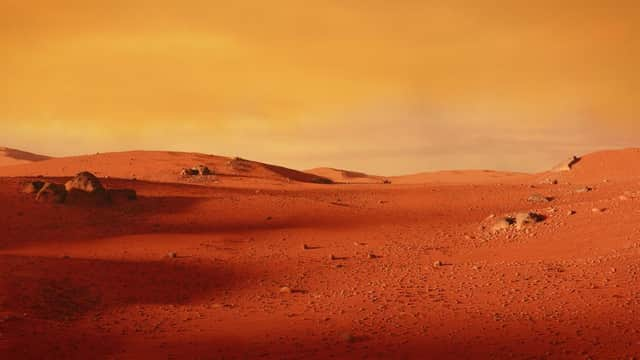How artificial intelligence affects Falkirk residents daily


Mars is an intriguing planet with its volcanoes and canyons. We know that it has a very thin atmosphere and that Mars even has huge dust storms that are bigger than any other planet.
So far, only 18 missions to the Red Planet have been successful. We are still learning about this planet in our solar system. Indeed, recently artificial intelligence has helped us learn more about the land on Mars.
What is Artificial Intelligence?
A lot of people get the wrong impression when they hear about artificial intelligence. They assume it is something about robots and how they are going to take over the world like the Terminator movies.
Instead, artificial intelligence is used by machines to carry out tasks that are normally done by humans. The software is able to learn and understand data, allowing for more efficiency in the future.
You use artificial intelligence every day without thinking about it. For instance, it is used by Google Maps to direct you to your location and Amazon Alexa uses AI to give you answers to your questions. Gradually, artificial intelligence is becoming part of our daily lives. Now, it is being used by Nasa for its research.
Nasa using Artificial Intelligence for craters
Over the years, there has been a huge investment in artificial intelligence as its benefits are being realised. For instance, entrepreneur Tej Kohli has invested in AI when it has a humanitarian and commercial impact. With other investors also seeing the potential of artificial intelligence, its popularity has grown.
Now, Nasa is using artificial intelligence to their advantage. In particular, it has become the first smart technology to discover new craters on Mars that scientists were not aware of before.
It is able to save researchers a lot of time, finding a crate in just five seconds compared to 40 minutes if it was done manually. For instance, artificial intelligence was able to locate a crater that was created between March 2010 and May 2012. It is around 4 metres in diameter, which makes it a small crater that is hard to locate.
The tool that Nasa are using is the automated fresh impact crate classifier. In order to find craters, it is programmed to detect dust devils and avalanches, as well as shifting dunes. It can then quickly locate the crater, which would be a time-consuming task if it was carried out by a researcher.
Of course, they still have to check the work of artificial intelligence to make sure that it is accurate. But it provides an assistant and a faster process.
In the future, scientists are hopeful that artificial intelligence can help with identifying meteor strikes on Mars and how they happen. What’s more, scientists admit there are small impacts that they have missed.
The hope is that artificial intelligence can find them just like it has already discovered around 50 potential planets that we never knew about before.